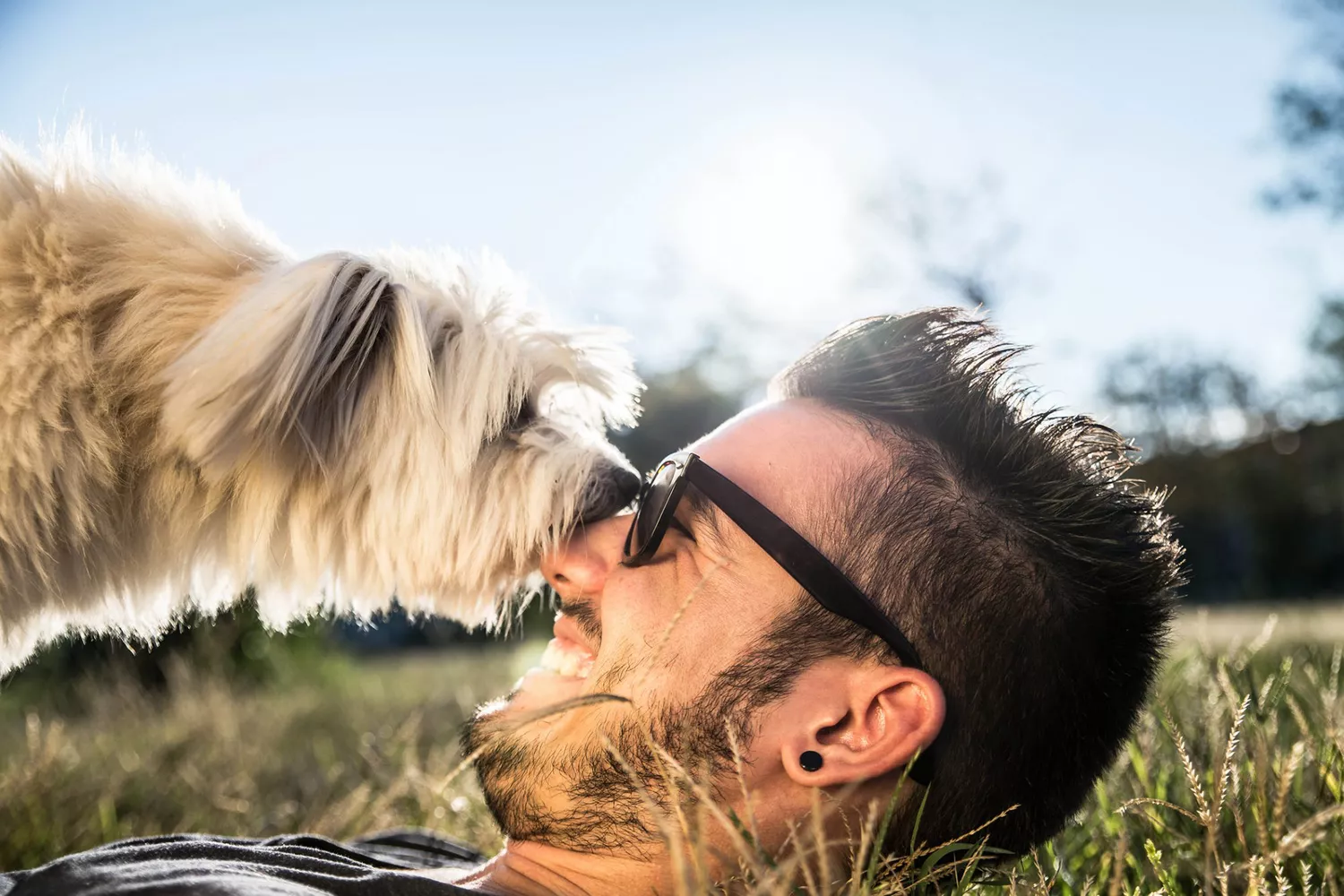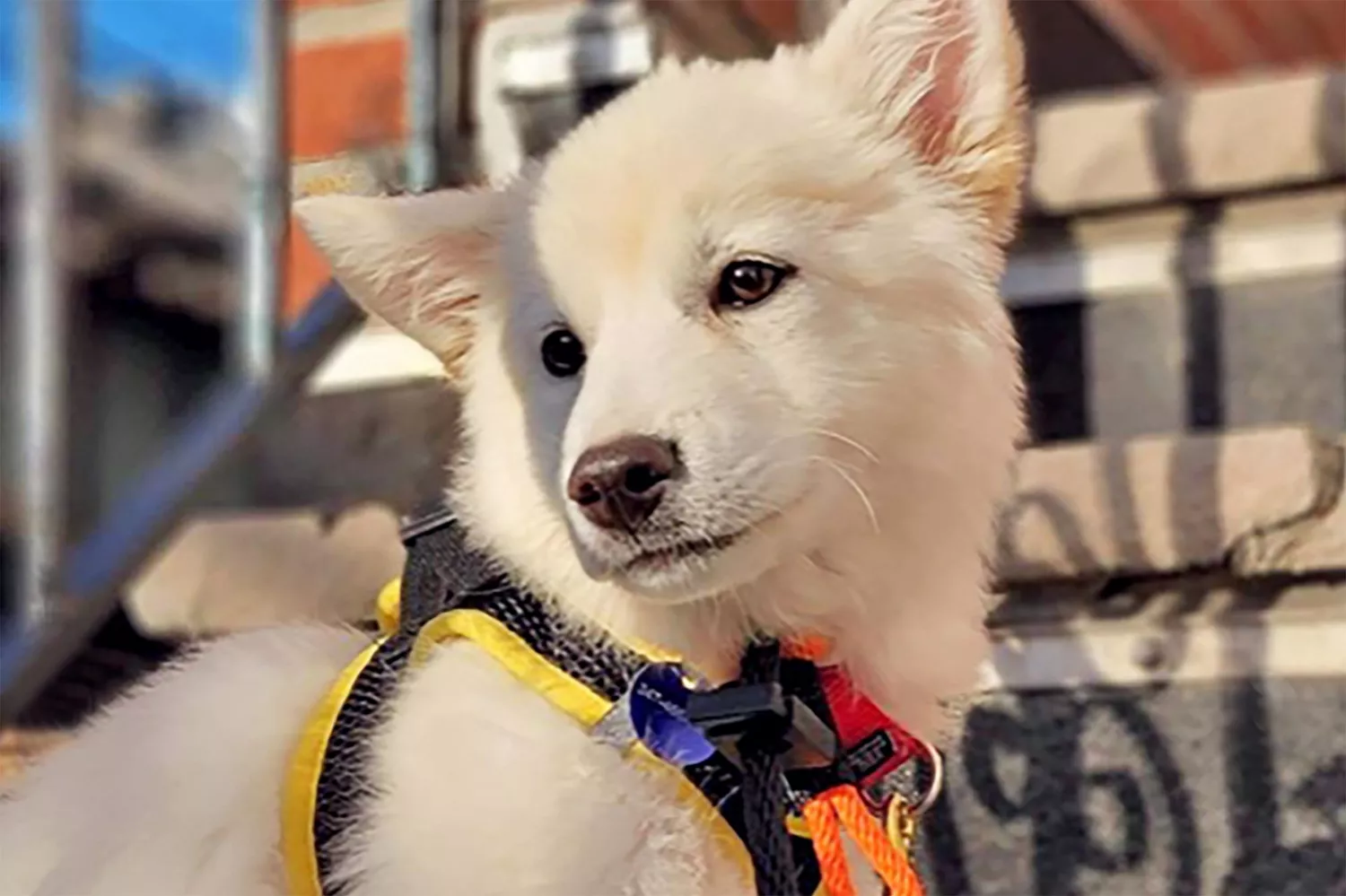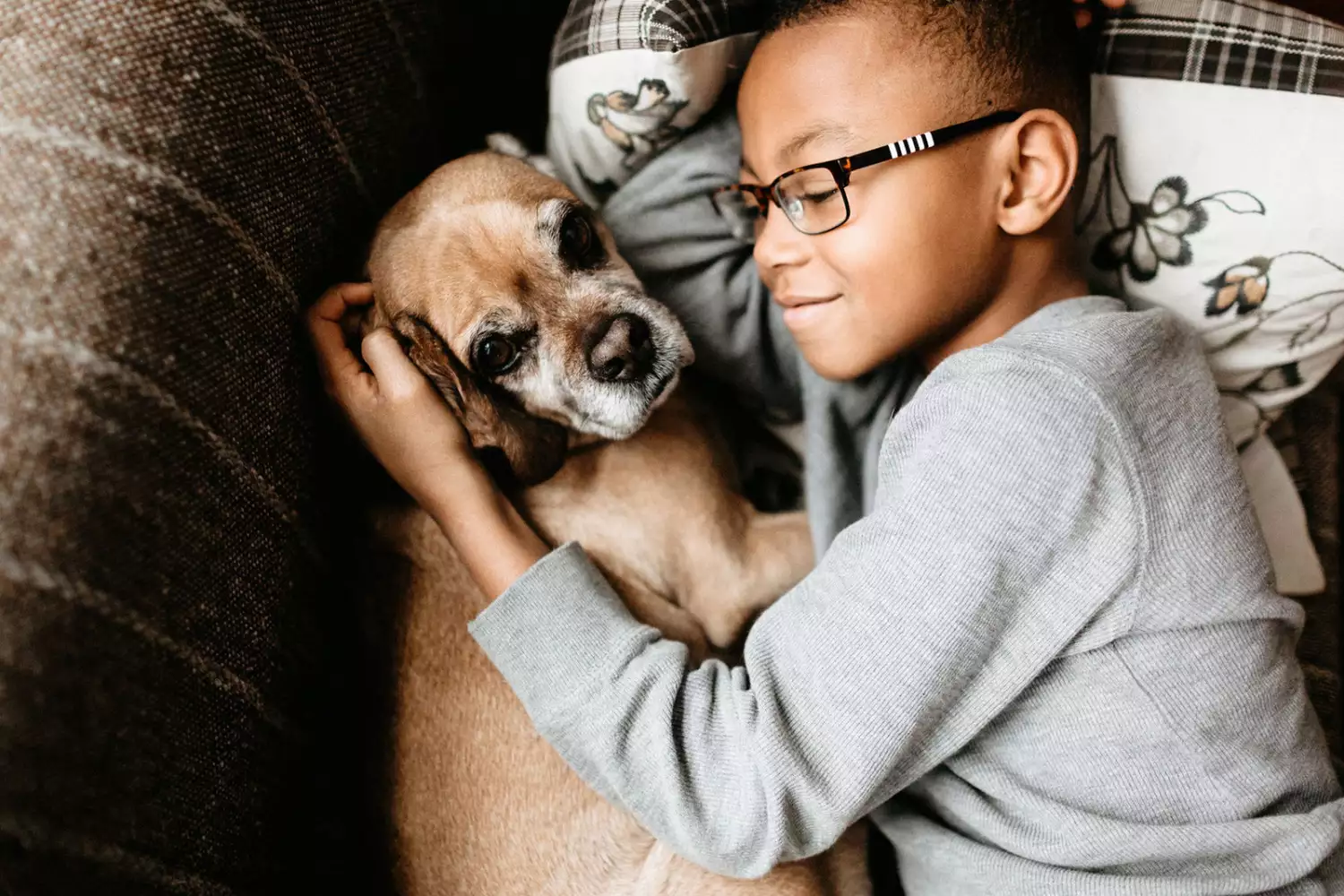
Adopting an adult pet is an incredible thing to do– not simply for the dog who gets a 2nd chance for a great life, but for you too. Pups are charming, however they’re a lot of work.
” When you adopt an adult pet dog, you know what you’re getting and who you’re bringing into your household,” Tiffany Bierer, PhD, Raw Material Development Manager for Mars Petcare North America, says. “They’re full-grown so you understand how big they’re going to get and what their character is. And they’ve generally had some training, either from their previous home or in the shelter.”
Embracing an adult pet certainly has a great deal of advantages. However before you run to rescue a pooch, there are couple of things you ought to know. Keep reading for tips on everything from selecting your best pup to preparing your home for a new buddy.
1. Research Different Breed Types
Among the first steps of adopting an adult pet dog is discovering what characteristics will be the best fit for you and your household. You can start your search by doing some research about various kinds of canine breeds and their histories, and discover how much workout, grooming, and social interaction different types of pets need.
2. Have an Open Mind (and Heart).
Long-lasting shelter stays can happen for numerous reasons, but pets who might have waited longer can still make the finest animals. Due to the fact that of that, full-grown canines tend to remain in shelters longer. Usually, the dogs who stay in shelters the longest are those who are shy or afraid.
” That does not imply they’re bad pet dogs,” Bierer states. “They’re simply fantastic canines who are feeling overwhelmed. Once you get a shy dog out of the kennel, you might see that they’re a covert gem.”.
3. Get the Help of Shelter Staff to Find the very best Match.
Bierer recommends talking with shelter staff to discover more about the personalities of their dogs. Some shelters and rescue companies even have coordinating programs where they find out what kind of pet dog would fit your lifestyle and point out the best candidates.
4. Take the Dog to a Different Environment to Reveal Their True Personality.
Because pet dogs can be afraid in kennels, ask to take possible fur-ever buddies out into the backyard or away from the hustle and bustle of the shelter to socialize. “If you don’t end up adopting that family pet, you’ll at least be able to provide the shelter with important information about the pet’s character.”.
5. Consider the Costs (and What’s Included).
Dogs who are embraced from a shelter usually get great veterinary care, which is included in adoption fees. The expense for adopting a pet dog normally ranges from around $50 to $300, and it’s a wonderful offer. Generally, any adult dog that you adopt is currently purified or neutered, is up-to-date on vaccinations, and has just recently had a veterinary exam. The pup might also have been tested for heartworm illness and put on a flea preventative. Numerous shelters also microchip dogs in their care, so that you have a better opportunity of finding them if they are ever lost or taken. Ask for a copy of your brand-new pal’s medical records so you can work with your vet to finish any health care products that haven’t currently been taken care of.
6. Discover the Right Food That Fits Their Needs.
The nutritional requirements of puppies and adult dogs are different, and the best canine food need to show their age and dietary requirements. Because puppies are growing, they need more calories and nutrient-dense food. Check with your vet to be sure you’re feeding them the appropriate amount, and have them advise on any unique nutritional guidelines (for circumstances, if your new BFF needs to shed a couple of pounds then they can recommend a diet plan for weight-control).
7. Stock Up on Supplies.
Make certain to have a canine bed, kibble, and food and water bowls prepared for your adoptee. You may likewise desire a crate, if you intend on crate-training your pooch. Purchase a leash and collar to bring to the shelter when you pick up your dog, and don’t forget poop bags! Once you’ve chosen a name for your new fur child, make sure to get a pet dog ID tag made with their recognizing details, as well.
8. Keep in mind to Be Patient with Your New Pet.
Adult dogs may require more time to warm up to their environments, so it’s up to you to assist them feel safe and safe. In the beginning, your new pet may feel insecure and need an area that feels secured, like a dog crate or his bed. Provide your pup plenty of time to settle in and relax, states Bierer, and connect to shelter personnel if you have questions about helping your pet adjust. They can provide guidance and in some cases even training help to assist develop the very best start for you and your furry friend.










